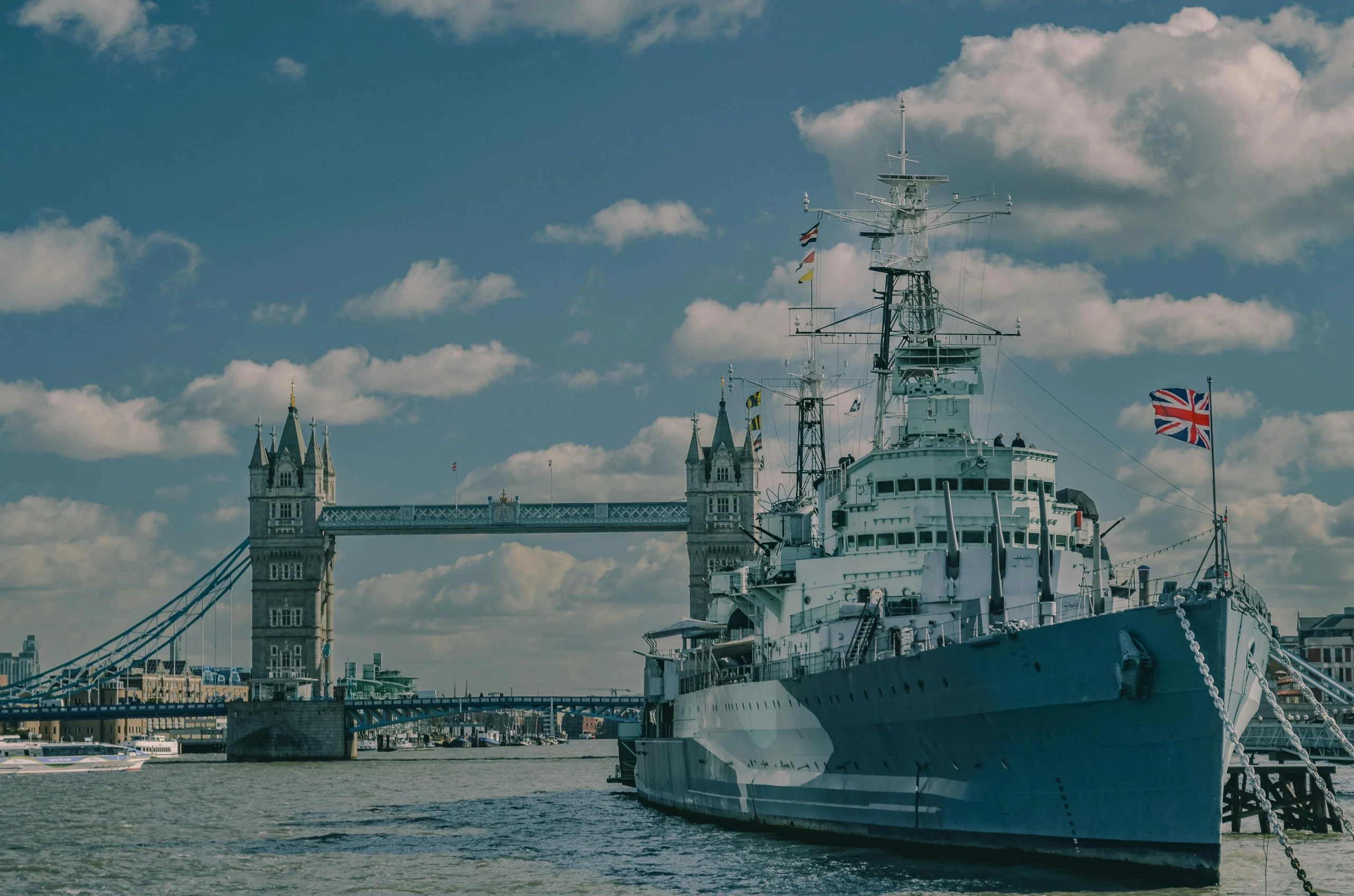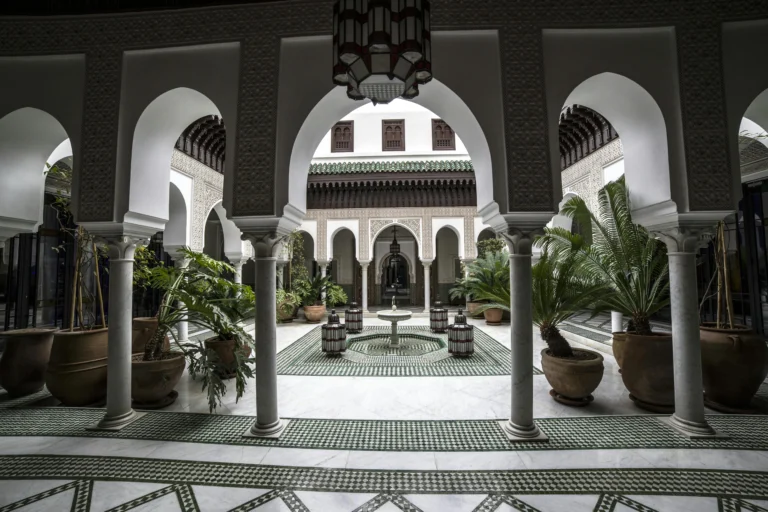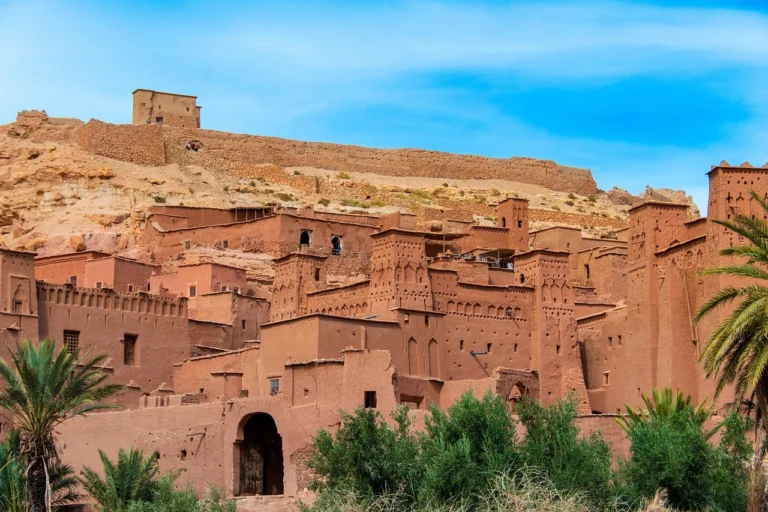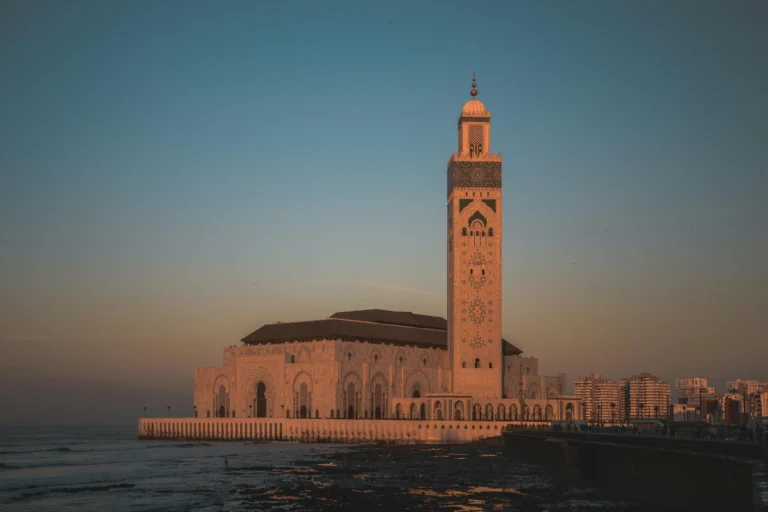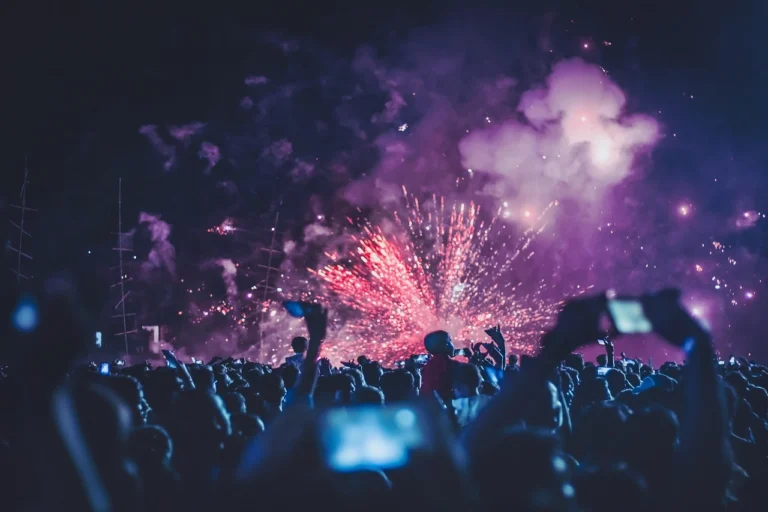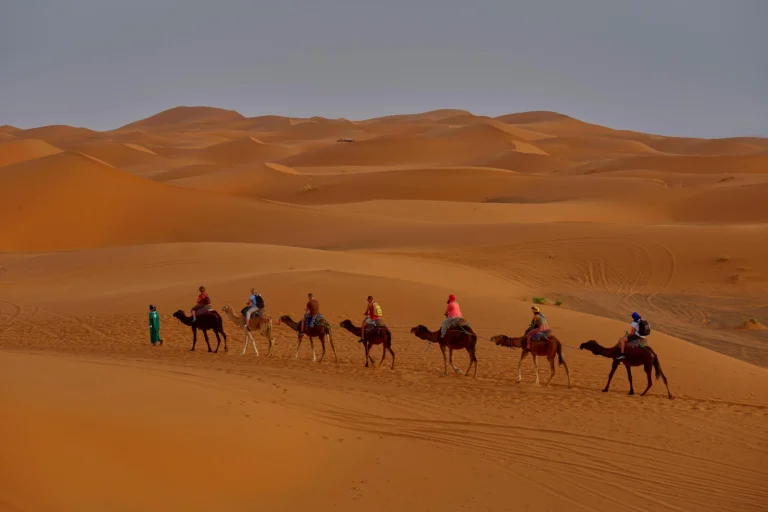London to Morocco: Your Ultimate Guide to an Unforgettable Journey
Estimated reading time: 7 minutes
Table of Contents
- Exploring the Route: How to Travel from London to Morocco
- A Cultural Mosaic Awaits: The Best Places to Visit in Morocco
- Culinary Delights: A Taste of Moroccan Cuisine
- Nature’s Bounty: Adventures in Morocco’s Landscapes
- Practical Considerations for Travelers
- Why Choose MoroccoSpots for Your Travel Guide?
- FAQ
Exploring the Route: How to Travel from London to Morocco
The journey from London to Morocco can be both exciting and straightforward. While there are several ways to reach this majestic country, flying is the most convenient option. Direct flights from London to major Moroccan cities like Marrakech, Casablanca, and Agadir operate frequently, taking approximately three to four hours. Airlines such as British Airways, Ryanair, and EasyJet offer competitive rates and schedules.
Travel Tip: For the best airfare, consider booking your ticket at least two to three months in advance. Utilize flight comparison sites like Skyscanner to find the best deals and flight times.
If you prefer an adventurous road trip, you can drive to Spain and take a ferry to Tangier. The journey includes traveling through the beautiful landscapes of southern Spain and the vibrant atmosphere of Tangier, making it a memorable adventure.
A Cultural Mosaic Awaits: The Best Places to Visit in Morocco
Upon arrival in Morocco, you’ll be greeted by a diverse range of landscapes and cultures. Each city offers something unique, making the exploration of Morocco an enriching experience.
1. Marrakech: The Red City
Marrakech is perhaps the most famous of Moroccan cities, renowned for its vibrant souks, palaces, and gardens. Start your visit in the Djemaa el-Fna, an iconic square filled with street performers, food stalls, and local artisans.
Must-See Attractions:
- Koutoubia Mosque: Admire its breathtaking minaret, a symbol of the city.
- Majorelle Garden: A serene oasis designed by French painter Jacques Majorelle, later owned by Yves Saint Laurent. (More info)
- Saadian Tombs: A historic site showcasing impressive architecture and a glimpse into the royal past of Morocco.
Travel Tip: Early mornings in the souks provide a quieter experience to explore the artisan shops without the crowds.
2. Chefchaouen: The Blue Pearl
Nestled in the Rif Mountains, Chefchaouen is famous for its blue-painted buildings and stunning mountain vistas. This city embodies a laid-back atmosphere, perfect for soaking in the surrounding natural beauty and unique culture.
Must-See Attractions:
- Plaza Uta el-Hammam: The main square surrounded by cafes and shops, ideal for people-watching.
- Kasbah: A beautifully restored fortress that houses a history museum.
- Blue Streets: Wander through the winding alleys adorned with shades of blue, ensuring perfect photo opportunities.
Travel Tip: Spend some time exploring local handicrafts; the woven items and artisanal products make for great souvenirs and gifts.
3. Fes: The Cultural Capital
Fes is often considered the cultural and spiritual heart of Morocco, home to the oldest university in the world, Al Quaraouiyine. The city’s medina, a UNESCO World Heritage site, is a maze of narrow streets filled with history and culture.
Must-See Attractions:
- Fes el-Bali: The old medina, where you can get lost in a labyrinth of souks.
- Bou Inania Madrasa: An exquisite example of Marinid architecture.
- Leather Tanneries: Witness the traditional leather-making process that has remained largely unchanged for centuries.
Travel Tip: Hiring a local guide enhances your experience, providing insights and helping you navigate the winding alleys.
Culinary Delights: A Taste of Moroccan Cuisine
No visit to Morocco would be complete without indulging in its rich and diverse cuisine. Here are a few must-try dishes that will tantalize your taste buds:
- Tagine: A slow-cooked stew made with meat, vegetables, and aromatic spices, traditionally served in a conical earthenware pot.
- Couscous: A staple dish made from steamed semolina, often served with vegetables and meat.
- Pastilla: A unique savory pie combining sweet and savory flavors, typically made with pigeon or chicken, almonds, and cinnamon.
Don’t forget to sip on mint tea, a staple beverage embraced by locals, often referred to as “Moroccan whisky.”
Travel Tip: Explore local eateries rather than touristy restaurants for authentic culinary experiences. Consider participating in a cooking class to learn how to prepare traditional dishes.
Nature’s Bounty: Adventures in Morocco’s Landscapes
With varied topography, Morocco offers numerous outdoor activities for adventure enthusiasts. From the Sahara Desert to the Atlas Mountains, here are some highlights:
1. The Sahara Desert
The Sahara Desert, one of the world’s largest deserts, beckons travelers with its endless dunes and mystique. Campsites in Merzouga or Zagora offer the chance to ride camels under the stars and experience Berber culture.
Travel Tip: Book an overnight desert tour for an unforgettable sunset over the dunes and a chance to stargaze in the clear desert sky.
2. Atlas Mountains
The Atlas Mountains are perfect for trekking and exploring traditional Berber villages. Hike to Toubkal, the highest peak in North Africa, for breathtaking views.
Travel Tip: Ensure to acclimatize before attempting the summit trek and consider hiring a local guide familiar with the mountains.
3. Coastal Cities
Morocco’s coastline is dotted with charming towns like Essaouira and Agadir. Essaouira is famous for its medina and vibrant arts scene, while Agadir offers sun-drenched beaches.
Travel Tip: Visit Essaouira during the Gnaoua World Music Festival in June for a unique blend of music and culture.
Practical Considerations for Travelers
To make your trip to Morocco smooth and enjoyable, consider these practical tips:
- Currency: The Moroccan Dirham (MAD) is the official currency. Always have some cash for smaller establishments, as credit cards may not be accepted.
- Language: Arabic is the official language, but French is widely spoken, especially in urban areas. Learning a few basic phrases in Arabic or French can enhance your interactions with locals.
- Transportation: While major cities have public transportation, renting a car provides flexibility to explore off-the-beaten-path destinations. Taxis are also available, but agree on a fare before the ride.
- Cultural Etiquette: Respect local customs, particularly dress codes in religious sites. Dress modestly, especially in rural areas.
Why Choose MoroccoSpots for Your Travel Guide?
MoroccoSpots is dedicated to being your comprehensive resource for everything Morocco. From detailed itineraries to insider travel tips, we aim to enhance your travel experience and help you discover the beauty of this vibrant country. Our team of experts is continually updating our guides and articles to provide the latest insights into Moroccan tourism.
FAQ
1. What is the best time to visit Morocco?
The best time to visit Morocco is during spring (March to May) and fall (September to November) when the weather is mild.
2. Do I need a visa to enter Morocco?
It depends on your nationality. Many countries have a visa-free entry for short stays, but it’s advisable to check the specific requirements.
3. Is it safe to travel to Morocco?
Morocco is generally considered safe for tourists, but it’s important to be aware of your surroundings and follow common safety practices.
4. What should I wear while in Morocco?
Dress modestly, particularly in rural areas and religious sites. Lightweight, breathable clothing is recommended due to the climate.
5. How do I navigate cities in Morocco?
Walking and public transportation are common, but renting a car or hiring a local guide can enhance your exploration of less accessible areas.
Are you ready to embark on your journey from London to Morocco? Explore our detailed guides and itineraries at MoroccoSpots.com. For personalized assistance or more information on planning your trip, feel free to contact us. Your adventure awaits—let’s make it unforgettable!

